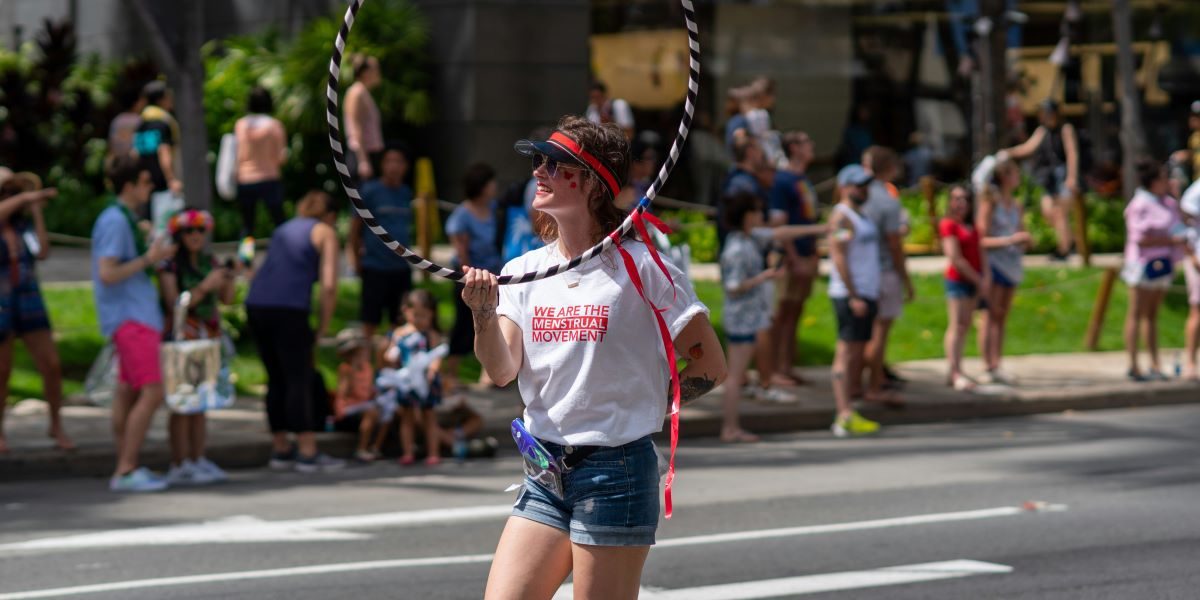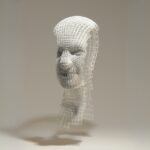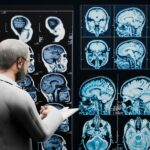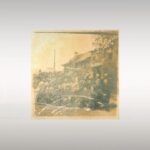A Grand Celebration Along Fifth Avenue
Each June, a vibrant display of culture and community takes center stage in New York City. The Puerto Rican Day Parade, scheduled this year for June 8, transforms Fifth Avenue into a colorful corridor of music, movement, and celebration. Far more than a visual spectacle, the parade offers a thoughtful expression of Puerto Rican identity, heritage, and community presence in one of the most diverse cities in the world.
While the event attracts thousands of spectators each year, its roots are grounded in cultural recognition. The parade is not just a day of festivities; it represents a connection to tradition, history, and the continuing narrative of Puerto Ricans both on the island and across the diaspora. The streets become a stage where generations unite—elders passing down stories through symbolic dress and music, while youth add new layers to evolving cultural expression.
New York City’s Fifth Avenue, known for hosting a variety of parades throughout the year, adopts a new rhythm during this celebration. The sounds of traditional and contemporary music reverberate off city buildings, blending past and present. It’s an environment where identity is not only celebrated but actively shared.
Read also: Tony Delgado’s Vision to Make Puerto Rico an Innovation Hub
Rhythmic Marching Bands and Cultural Symbols
Integral to the Puerto Rican Day Parade are the performances that echo cultural memory. Marching bands, many of which travel from schools and organizations across the tri-state area, provide the sonic heartbeat of the event. The drumlines, wind instruments, and brass ensembles build an energizing soundscape that moves spectators and participants alike.
Beyond the music, the visual elements are equally compelling. Cultural symbols—from traditional attire and folkloric accessories to flags and artwork—form an expressive mosaic along the parade route. Each element carries meaning, whether referencing historical figures, folk traditions, or family heritage. Performers often choreograph routines that blend modern styles with traditional rhythms, illustrating how culture adapts across generations.
The parade also includes handcrafted floats that move slowly along the avenue, each telling a different story. These floats are often adorned with symbols from Puerto Rican history, geographical references, and artistic expressions created by local community groups. From scenes inspired by island life to depictions of everyday resilience, each float acts as a cultural touchstone, inviting viewers into a shared experience.
A Welcoming Event for All Backgrounds
One of the defining characteristics of the Puerto Rican Day Parade is its inclusivity. While deeply rooted in Puerto Rican history and identity, the event invites participation and appreciation from all cultural backgrounds. In a city known for its mosaic of cultures, the parade becomes an opportunity for dialogue, respect, and shared enjoyment.
Spectators line the streets not just to observe but to engage. Many learn about Puerto Rican traditions for the first time through this experience. Local businesses, schools, and neighborhood groups often take part, supporting a spirit of solidarity that extends beyond the parade route. This open environment strengthens community ties and reinforces the value of cultural exchange in public life.
Inclusivity is not only about who attends but also how people are represented. The event showcases a wide range of experiences within the Puerto Rican community—from elders who remember the earliest parades to younger generations exploring their identity in a modern context. This diversity of voices is what gives the parade its depth, transforming it from a performance into a living tradition.
Read also: Brian Diaz Shares about Re-Entrepreneurship in the Construction Industry in Puerto Rico
Recognizing Puerto Rican Contributions
The Puerto Rican Day Parade also serves as a powerful platform for honoring the cultural, economic, and social contributions of Puerto Ricans in the United States. It is a moment of reflection as much as it is celebration. Every dance step and musical note carries with it a broader story of perseverance, creativity, and engagement within American society.
This recognition plays out in subtle but meaningful ways throughout the parade. Banners carried by participants often highlight achievements in education, community organizing, and artistic innovation. Community leaders and local organizations are present not as promotional figures, but as representatives of ongoing efforts to support cultural development and civic engagement.
The event’s role in recognizing contribution also extends to its educational impact. For many spectators, especially younger audiences, the parade becomes a hands-on lesson in culture, history, and identity. Schools and educational organizations often create curriculum tie-ins that align with the parade’s messages, encouraging students to learn not only about the event but about its deeper meanings.
Through its visibility and vibrancy, the Puerto Rican Day Parade plays an essential role in ensuring that these contributions are not overlooked. In the setting of one of the world’s most global cities, it gives a platform to a cultural voice that has helped shape the identity of the city itself.
The Puerto Rican Day Parade on June 8 is more than an annual event—it’s a living narrative of culture, community, and continuity. From the music to the symbols, from the participants to the spectators, it creates a space where heritage is honored and identity is explored. Within the busy pulse of New York City, it stands as a moment of joy, reflection, and shared understanding that resonates long after the last note is played.
















